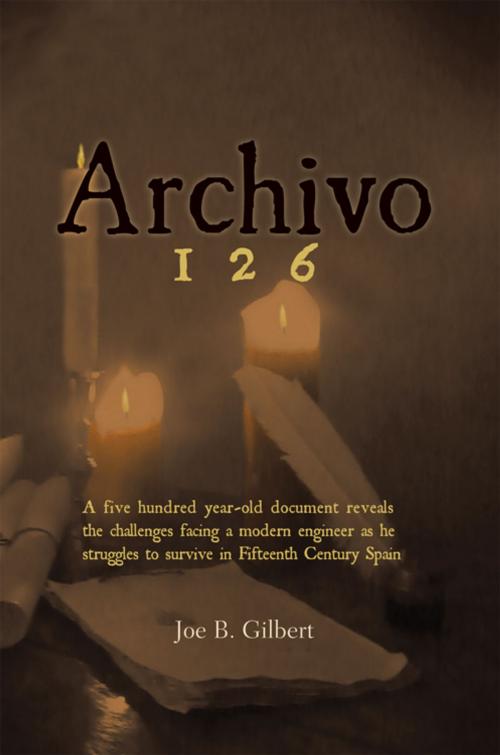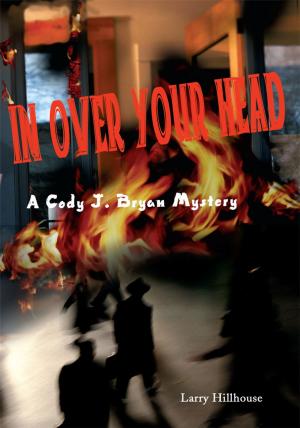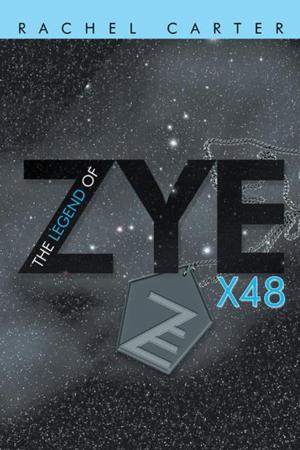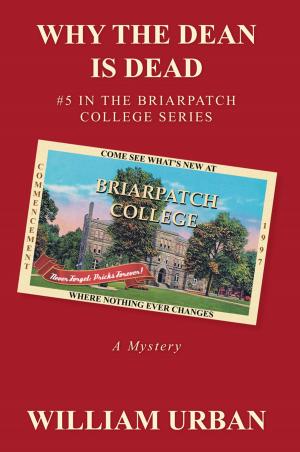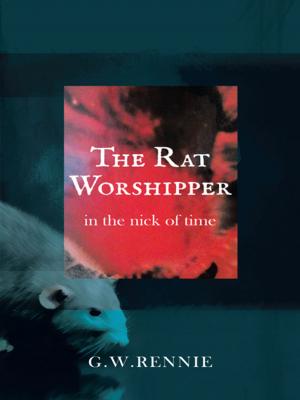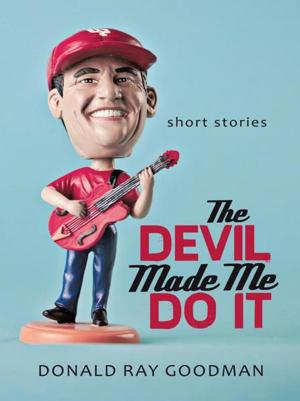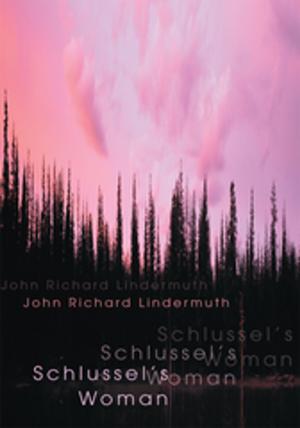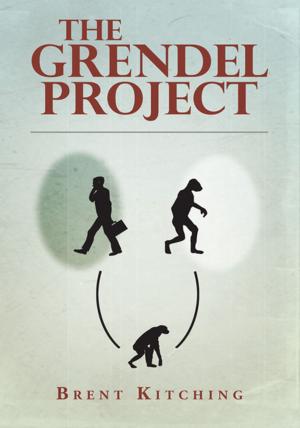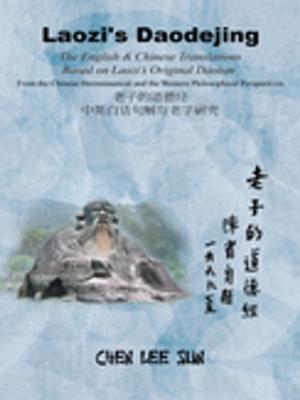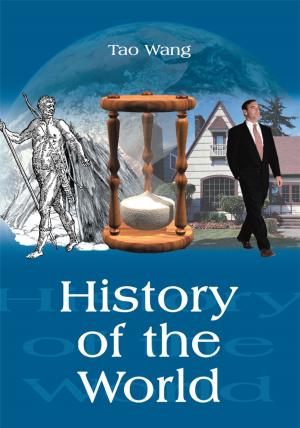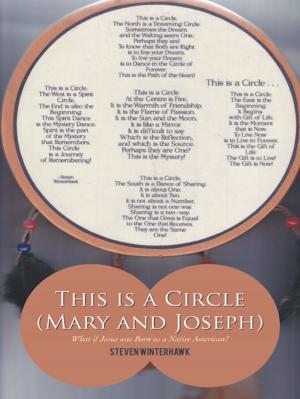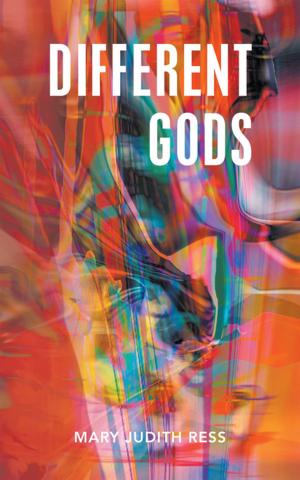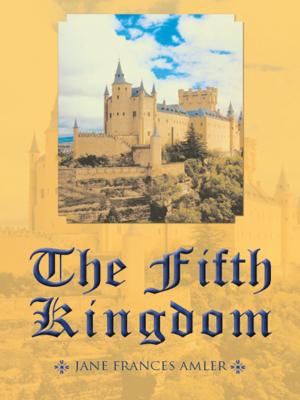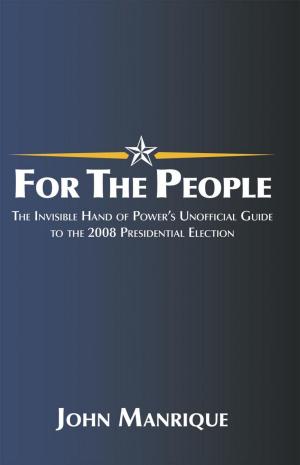Archivo 126
A Five Hundred Year-Old Document Reveals the Challenges Facing a Modern Engineer as He Struggles to Survive in Fifteenth Century Spain
Fiction & Literature, Historical| Author: | Joe B. Gilbert | ISBN: | 9781462017416 |
| Publisher: | iUniverse | Publication: | June 10, 2011 |
| Imprint: | iUniverse | Language: | English |
| Author: | Joe B. Gilbert |
| ISBN: | 9781462017416 |
| Publisher: | iUniverse |
| Publication: | June 10, 2011 |
| Imprint: | iUniverse |
| Language: | English |
Robinson Crusoe, the Connecticut Yankee, lone survivor of nuclear holocaust: how would these the creations of human hubris really fare removed from the support of their usual surroundings? Gilbert offers an answer, delightful as well as astute, in his humane and technologically-savvy book. Youll have a wonderful time with protagonist, John Hughes, as he struggles and finds his own answer to this old, old riddle.
John H. Lienhard, Professor Emeritus of Mechanical Engineering and History at the University of Houston, host of The Engines of our Ingenuity on National Public Radio, and author of the book by the same name (Oxford University Press)
John Hughes, a modern day engineer, finds himself thrown back in time to fifteenth century Spain. He tries to employ his engineering background to gain some sort of advantage, even to survive, but none of his inventions gets off the ground. Hes frustrated at every turn. He has read Mark Twains A Connecticut Yankee in King Arthurs Court. The Yankee, he remembers, built a railway, a phonograph, a typewriter, a country-wide telegraph system. How did he make that wire, Hughes laments, How did he generate the electricity? He then descends into self-pity, muttering, I would give a months wages for a box of assorted nuts and bolts. A sub-theme is Hughess desperate urge to send word to his daughter, telling her he did not abandon her. But how, he asks, do you send a message to an unknown continent and only after 450 years have passed?
Robinson Crusoe, the Connecticut Yankee, lone survivor of nuclear holocaust: how would these the creations of human hubris really fare removed from the support of their usual surroundings? Gilbert offers an answer, delightful as well as astute, in his humane and technologically-savvy book. Youll have a wonderful time with protagonist, John Hughes, as he struggles and finds his own answer to this old, old riddle.
John H. Lienhard, Professor Emeritus of Mechanical Engineering and History at the University of Houston, host of The Engines of our Ingenuity on National Public Radio, and author of the book by the same name (Oxford University Press)
John Hughes, a modern day engineer, finds himself thrown back in time to fifteenth century Spain. He tries to employ his engineering background to gain some sort of advantage, even to survive, but none of his inventions gets off the ground. Hes frustrated at every turn. He has read Mark Twains A Connecticut Yankee in King Arthurs Court. The Yankee, he remembers, built a railway, a phonograph, a typewriter, a country-wide telegraph system. How did he make that wire, Hughes laments, How did he generate the electricity? He then descends into self-pity, muttering, I would give a months wages for a box of assorted nuts and bolts. A sub-theme is Hughess desperate urge to send word to his daughter, telling her he did not abandon her. But how, he asks, do you send a message to an unknown continent and only after 450 years have passed?
